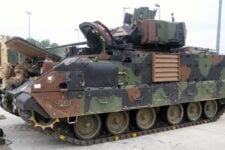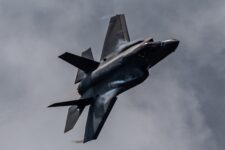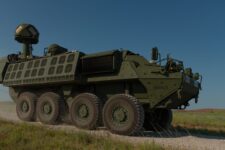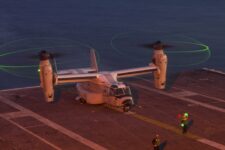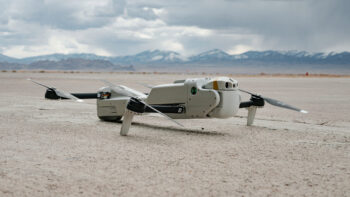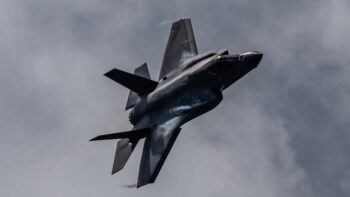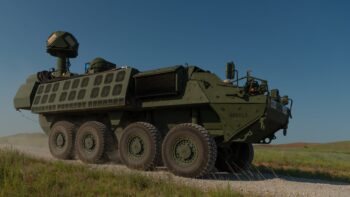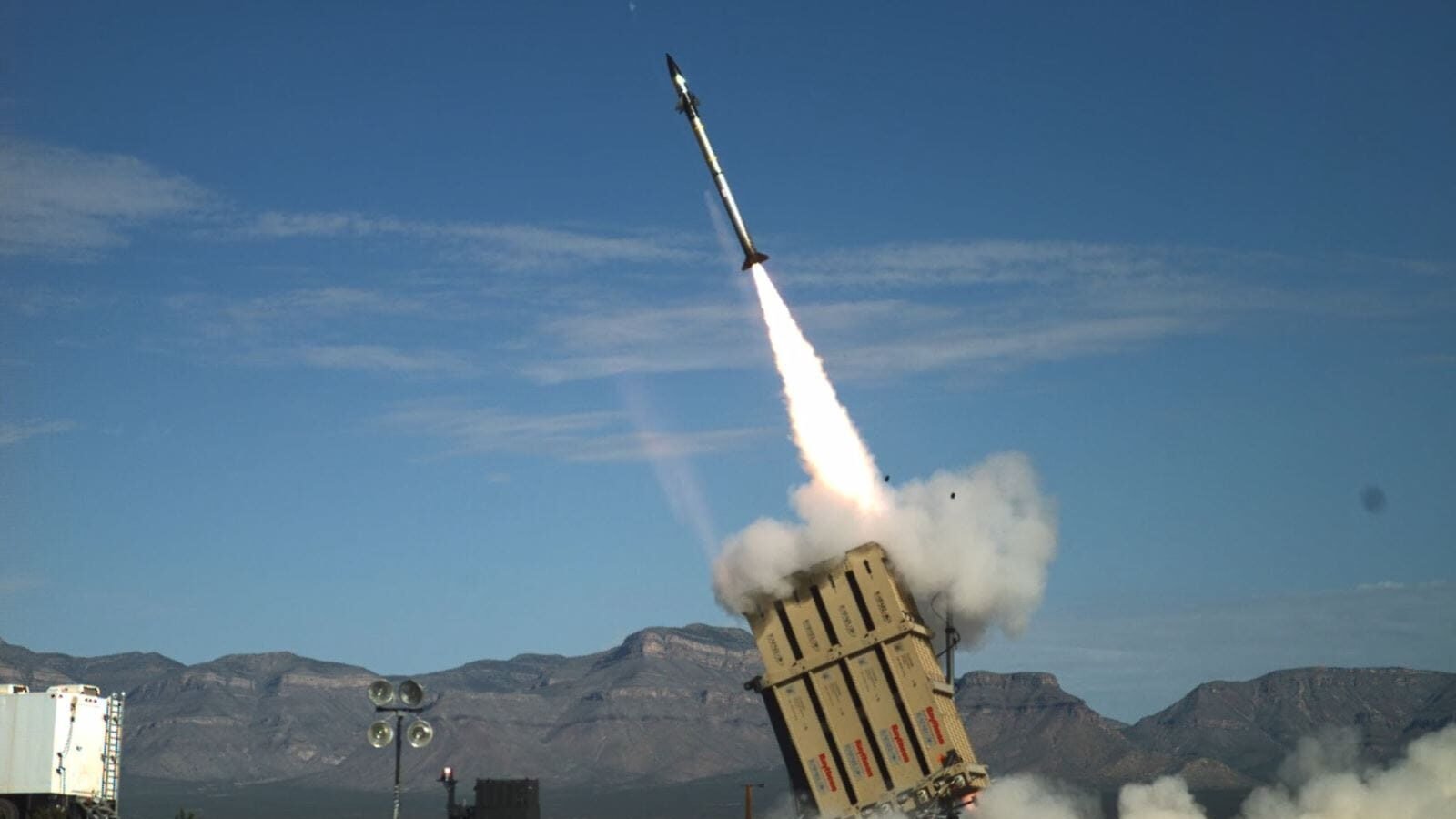
A live-fire test of an initial MRIC prototype in December 2021. (US Marine Corps)
MODERN DAY MARINE 2024 — The US Marine Corps is planning to field a trio of mobile, ground-based air defense systems over the next year, including a modified Iron Dome launcher — and at least two will be bound for the Indo-Pacific region.
Over the past several years USMC leaders have been focusing on littoral operations and creating a smaller, more nimble force. Part of that work has centered around investing in a host of defensive weapons to protect Marines and bases from incoming aerial threats like rockets, drones and cruise missiles.
“We are on track from a programmatic standpoint — cost, schedule performance — but we’re always gonna be late to need. … That’s not anything that we’re doing from a program office standpoint, that’s essentially derived from the threat. The threat is ever changing and ever evolving,” Col. Andrew Konicki, the program manager for Ground Based Air Defense (GBAD) told an audience at the Modern Day Marine expo on Wednesday.
“It’s challenging to keep up with that,” he later added.
In that effort, however, three new air defense systems — the Medium-Range Intercept Capability (MRIC), Marine Air Defense Integrated System (MADIS) and Light MADIS — are set to undergo operational testing, of sorts, before being handed over to Marines in 2025.
Iron Dome Mobility
If all goes as planned, the MRIC will make its way into the services arsenal in calendar year 2025 to help Marines defend against higher-end threats like cruise missiles and larger class drones.
The mobile system centers around Israel’s famed Iron Dome and uses truck-mounted Iron Dome launcher with Tamir interceptors, teamed up with a Common Aviation Command-and-Control System (CAC2S) and a mini battle management control (BMC) system, along with the AN/TPS-80 Ground/Air Task Oriented Radar (G/ATOR).
Konicki said the plan is to host a quick reaction assessment with MRIC in September, train Marines on how to use the new system and get it into the field. As for the Tamir interceptors, the service is buying 80 from Israel in fiscal 2024, according to a source familiar with the program. Then in FY25 the service is slated to receive about 240 additional interceptors, likely a mix from Israel and some from off the new production line being stood up in Camden, Ark., by RTX and Rafael.
The ultimate goal, though, is for the USMC to receive a US Tamir variant. Dubbed the SkyHunter missile, the weapon will have about 90 to 95 percent commonality with the original weapon, Konicki said. Although he declined to detail any deviations in a public forum, the source familiar with the program noted that the US-variant will have a classified data link designed to better protect it from jamming and spoofing.
Fighting Pairs
Marines are also eyeing the addition of two vehicle-based defense weapons into their portfolio: MADIS and LMADIS. Both are slated to undergo operational testing and, if deemed successful, counter-UAS capabilities integration officer Capt. Taylor Barefoot said both will be headed to Indo-Pacific region next year.
MADIS consists of two Joint Light Tactical Vehicle (JLTV) Heavy Guns Carriers designed to fight as a pair. The first vehicle includes a 360-degree radar, command and control suite, remote weapons station, electro-optical/infrared optic, and electronic warfare system. The second vehicle hosts Kongsberg’s RS6 remote weapon station, stinger missiles, a 30mm XM914 gun, an electronic warfare capability and more.
For LMADIS, the service initially designed the capability around the Polaris MRZR but opted to put it on the Marine’s new Ultra Light Tactical Vehicle (ULTV) for the program of record. Also designed to fight in pairs, one vehicle provides the capability to transmit and receive data to and from external airborne and ground platforms, while the second vehicle provides target detection, tracking, and a non-kinetic C-UAS capability, according to FY25 budget request documents.
Breaking Defense’s Michael Marrow contributed to this report.


